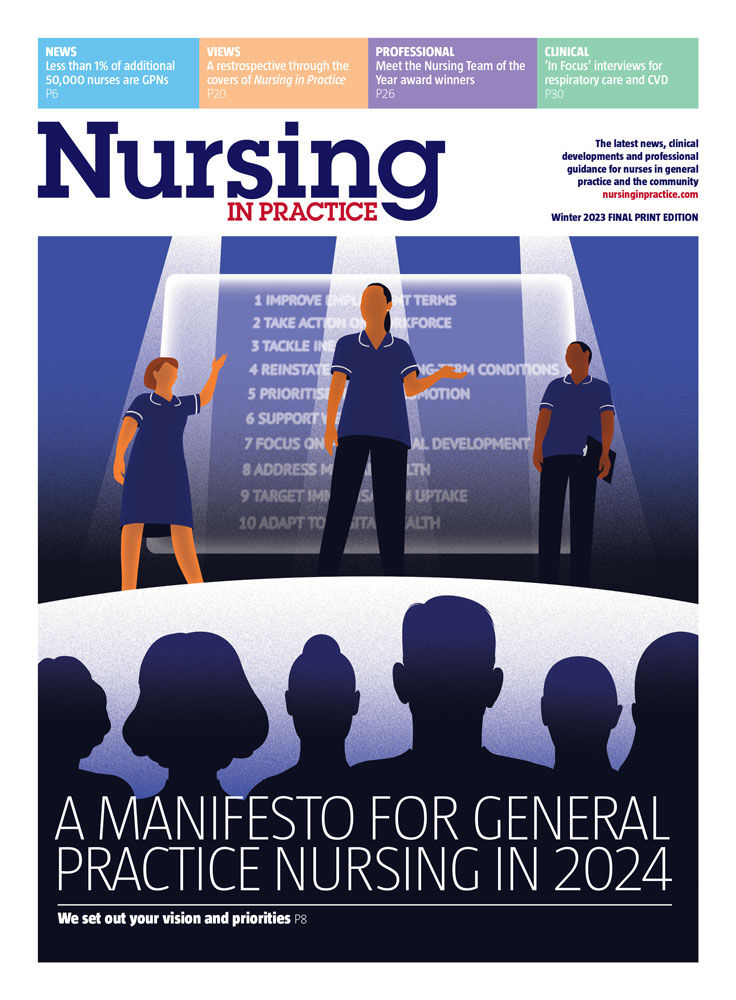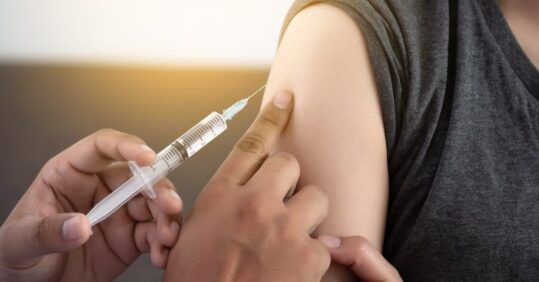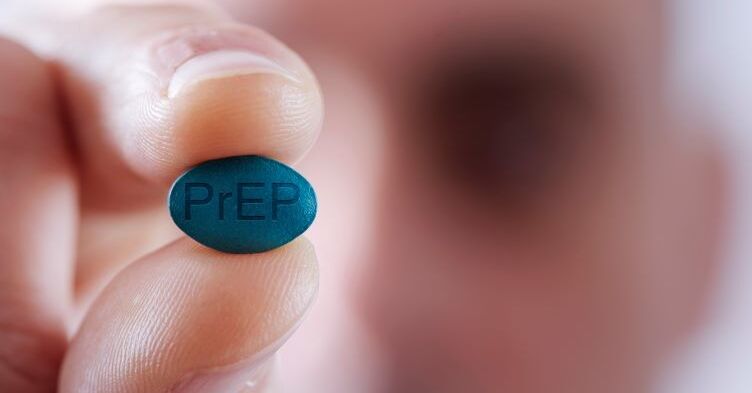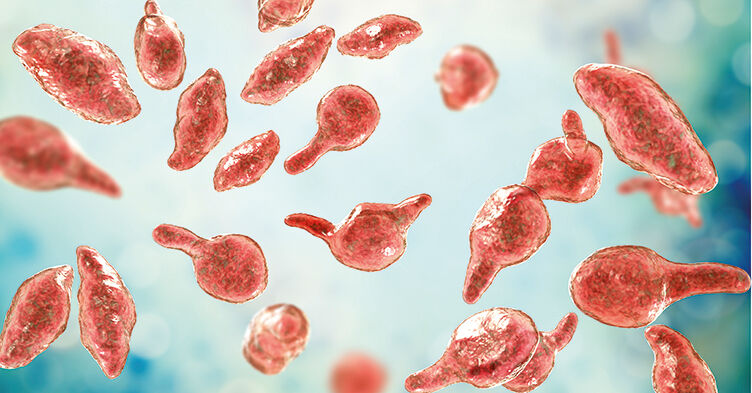Nurse specialist in genitourinary medicine Jodie Crossman provides an update on genital HPV infections, including latest statistics and how to advise patients on current prevention and treatment measures
Genital Human Papilloma Virus (HPV) is often a big cause of concern for patients, with media stories and information campaigns largely focused on the life-altering effects of infection. However, there are over 100 strains of HPV,1 many of which cause benign and self-limiting conditions including verrucas and ano-genital warts, so it is important for community nurses to be aware of the facts and treatment options of HPV.
As it is such a large subject, this article will focus on HPV infections which affect the genital tract.
HPV is a virus transmitted by skin-to-skin contact.1 Once thought to affect around one in five people in the UK, the number of new diagnoses has fallen significantly following the introduction of the HPV vaccine.2
Estimates of high-risk HPV prevalence in the UK are now around 3.2%.3 HPV types 6 and 11 are the most common causes of genital warts, types 16 and 18 cause approximately 80% of cervical and ano-genital cancers.2
Most HPV infection is asymptomatic and resolves within a year,1 however in approximately 10% of cases the virus causes cell changes which if undetected can lead to cancerous growth.4
Risk factors
As HPV is so easily transmitted, anyone sexually active is potentially at risk of contracting it. However, some factors increase the risk of developing HPV related cancers.
Smoking: As with most cancers, smoking is as preventable risk factor for developing cervical cancer.5
Reproductive and sexual health: People living with HIV (particularly those with a low CD4 count) are at an increased risk of developing cervical cancer as a result of HPV infection.6 There is also a potential association between cervical cancer and chlamydia infection.7
People who use the combined contraceptive pill or injectable contraception,8 and people who have previously given birth, especially at a younger age have an increased risk of developing cervical cancer.9
Family history: Having a first degree relative with a history of cervical cancer increases risk by 74-80%, though it is not known whether this is due to shared lifestyle factors or genetic risk.10
Prevention
Condom use
This can reduce the risk, but as HPV is passed on through skin contact it will not give complete protection.1
Vaccination
HPV vaccination was introduced in 2008 and offered initially to all 12-13 year old girls as part of the routine schools vaccination programme. This was extended to all young people in 2019, and to men who have sex with men (MSM) in 2018. As a result, the rate of diagnosis of cervical cancer, HPV related anal cancers and genital warts have reduced significantly.2 The vaccine is given at a young age to ensure full protection before a person becomes sexually active.
The current vaccination programme uses Gardasil 9 which protects against diseases caused by HPV types 6, 11, 16, 18, 31, 33, 45, 52 and 58.11 Although the current regimen advises two doses (0 and 6-12 months), a single dose regimen is now thought to be safe and effective for most groups,12 so the JCVI have advised that from school year 2023/2024:
- a one-dose schedule for the routine adolescent programme and MSM programme before the 25th birthday
- a 2-dose schedule from the age of 25 in the MSM programme
- a 3-dose schedule for individuals who are immunosuppressed and those known to be HIV-positive.
Catch up vaccinations can be offered to everyone who missed school vaccination until the age of 25, with men who have sex with men being offered vaccination up to the age of 46.
The HPV vaccine has been proven to be incredibly safe, with minimal side effects.13 However vaccine scepticism in the UK is growing, and some groups, particularly those in racially marginalised communities, remain reluctant to have vaccinations.14 This will unfortunately lead to inequalities in HPV related cancer diagnosis. As a community nurse, one of the most important things you can do is to promote vaccine safety, listen to patient concerns and encourage them to seek information from reputable and evidence-based sources, such as those listed at the end of this article.
Cervical screening
Although there has been a significant reduction in cervical cancer diagnosis due to vaccination, there is not yet enough evidence to halt the national cervical screening programme altogether. Therefore it is still recommended that all people over the age of 25 with a cervix are offered regular cervical screening.
Cervical screening is offered to all people with a cervix aged 25 to 49 every 3 years. People aged 50 to 64 receive invitations every 5 years.15 It is important to note that people who have a cervix but are not registered with a GP as female (for example Trans men or non-binary individuals) will not automatically receive a cervical screening invite.
As it can take up to 10 years for HPV to develop into pre-cancerous lesions,4 the aim of cervical screening is to identify high-risk HPV types years before they develop into cancerous cells.
In the UK, all nurses or nurse associates undertaking cervical screening must complete a recognised training pathway before being able to practice. This gives a comprehensive understanding of how and when to take cervical smear tests, and how to interpret the results.
Cervical screening initially looks for HPV on the cervix. Over 99% of cervical cancer is caused by HPV infection.
Current guidance suggests that the absence of HPV in asymptomatic individuals does not need further investigation. If HPV is found a further cytology test is used as a triage to check for any abnormal cells. If no abnormal cells are found, a follow up screen is arranged for 12 months’ time to ensure that the HPV virus has cleared.
If HPV persists, more frequent cervical screening will be advised to ensure that any abnormal cell development is treated as quickly as possible. If abnormal cells are found, patients will be invited for a colposcopy to examine the cervix in more detail and determine a treatment plan. This may include biopsy, cell removal (LLETZ procedure) or, more rarely, surgery.
Receiving a positive HPV diagnosis from a cervical screen is understandably upsetting for patients, and as community nurses it is important to play a role in informing and reassuring patients with the facts about HPV.
A positive HPV or abnormal cell diagnosis does not mean someone has cancer, it is an indication for closer screening or further investigation with the aim of preventing cancer from developing. Patients should be encouraged to attend any appointments to ensure that if treatment is needed it can be given promptly.
Genital warts
Ano-genital warts are benign epithelial skin tumours.1 They are generally painless although they can be itchy. They may be single or multiple, and appear anywhere on ano-genital skin, including in the vaginal or anal canal, cervix or urethral meatus. Warts on mucosal skin tend to be soft and flesh-coloured. Those on epidermal skin are often firm and keratinised (have a cauliflower-like presentation). They can often be confused for ingrown-hairs, Fordyce spots or pearly papules.
If left untreated, the majority of HPV infections will resolve within 18 months regardless of clinical manifestation.1 Patients may opt to have ablative or topical therapies if warts are causing them distress or discomfort. Ideally treatment should be initiated and monitored within a specialist sexual health service, and a full sexual health screen should be offered.
The three main therapies used in sexual health clinics are:
- Topical cryotherapy – liquid nitrogen is sprayed onto the surface of the wart.
- Imiquimod – an immune moderator self-applied every other day until warts resolve.
- Podophyllotoxin – a topical treatment self-applied to the warts for 3 days of the week until warts resolve.
There are limited comparative studies so choice of treatment is largely based on number and morphology of warts, in addition to patient choice to treat at home or attend clinic regularly. All wart treatments can take weeks to have an effect. They may result in local irritation, so salt-water bathing alongside treatment is often advised. Imiquimod and podophyllotoxin are contraindicated in pregnancy, so patients using these methods must be using an effective method of contraception if they are at risk of pregnancy. Surgical excision or ablation are possible treatments but less commonly used due to the cost of treatment and likelihood of scarring.
If patients are unable to attend a sexual health clinic for review, it is possible to treat in the community using the British Association of Sexual Health and HIV guidelines.1 It would be expected that patients begin to respond to treatment within 8-12 weeks.
If no response is seen, or if the warts are very large or extensive, referral to a genital dermatologist would be advised to rule out malignancy.
What patients need to know
Patients are understandably often upset by a diagnosis of HPV, and a large role of the community nurse will be to reassure and answer questions. Some facts which may help include:
- A diagnosis of HPV doesn’t mean that their partner has been unfaithful. HPV can have a long incubation period, and many people are asymptomatic carriers of the virus.
- Genital warts do not develop into cancers. They are caused by separate strains of the HPV virus. People with genital warts do not need more frequent cervical screening.
- People who have anal sex, especially those living with HIV, are at a higher risk of developing HPV related anal cancers.
- Genital warts commonly worsen during pregnancy, and resolve spontaneously after giving birth. It is rare for genital warts to prevent a planned vaginal delivery unless they are so extensive as to present an obstruction.
- An HPV diagnosis doesn’t make someone ‘dirty’, is not an indication of how many sexual partners that they have, and can affect anyone who has ever been sexually active.
- HPV vaccination is safe and very effective at preventing HPV related cancers.
- Although HPV is usually sexually transmitted, the long incubation period makes it difficult to ascertain how long ago the infection was acquired. It is usually advised for current partners to be tested for all STIs, but partner notification is not necessary. If current partners are asymptomatic, no treatment or follow up is required for them.
- Different individuals have a different immune response to HPV infection meaning reinfection with HPV is possible. This may be with the same strain or a different strain.16
References
- British Association of Sexual Health and HIV. BASHH Guidelines: Anogenital warts. 2015
- Falcaro M, Castañon A, Ndlela B et al. The effects of the national HPV vaccination programme in England, UK, on cervical cancer and grade 3 cervical intraepithelial neoplasia incidence: a register-based observational study. Lancet 2021;398:2084-2092
- ICO/IARC HPV Information Centre. UK Human Papillomavirus and related cancers. 2023
- NICE. CKS Health topics: Cervical Cancer and HPV. 2022
- Cancer Research UK. Cervical cancer: Risks and causes. 2020
- Stelzle D, Tanaka L, Lee KK et al. Estimates of the global burden of cervical cancer associated with HIV. Lancet Glob Health 2020;9:e161-169
- Zhu H, Shen Z, Luo H et al. Chlamydia trachomatis infection-associated risk of cervical cancer. Medicine 2016;95(13):e3077
- UK Government. MHRA. Drug safety update. Hormonal contraceptives: cervical cancer. 2014
- International Collaboration of Epidemiological Studies of Cervical Cancer. Cervical carcinoma and reproductive factors: Collaborative reanalysis of individual data on 16,563 women with cervical carcinoma and 33,542 women without cervical carcinoma from 25 epidemiological studies. Int J Cancer 2006;119(5):1108-1124
- Hussain S, Sundquist J, Hemminki K. Familial clustering of cancer at human papillomavirus-associated sites according to the Swedish Family-Cancer Database. Int J Cancer 2007;122(8):1873-1878
- Electronic Medicines Compendium. Gardasil 9 suspension for injection – Patient Information Leaflet (PIL) 2022
- UK Government. Joint Committee for Vaccination and Immunisation. JCVI statement on a one-dose schedule for the routine HPV immunisation programme. 2023
- World Health Organisation. Safety of HPV vaccines. 2017
- Bajaj S, Stanford F. Beyond Tuskegee — Vaccine distrust and everyday racism. N Engl J Med 2021;384(5):e12
- Public Health England. Cervical screening: programme overview. 2015
- Jo’s Trust. HPV FAQs. Last updated 2023







